Cream Hydrangeas: The Perfect Bloom For Your Summer Garden
Cream Hydrangeas: The Perfect Bloom for Your Summer Garden
Hydrangeas are one of the most popular flowering shrubs in the world, and for good reason. They come in a wide variety of colors, sizes, and shapes, and they can add a touch of elegance and beauty to any garden. Cream hydrangeas are a particularly stunning variety, with their delicate white blooms that can brighten up even the darkest corner of your yard.
In this blog post, we will discuss everything you need to know about cream hydrangeas, from their care and planting requirements to their pest and disease resistance. We will also provide some tips on how to get the most out of your cream hydrangeas.
Introduction
Cream hydrangeas (Hydrangea arborescens Annabelle) are a type of deciduous shrub that is native to North America. They are known for their large, creamy white blooms that appear in late spring and early summer. Cream hydrangeas can grow up to six feet tall and wide, and they make a beautiful addition to any garden.
Cream hydrangeas are relatively easy to care for, and they are relatively resistant to pests and diseases. They prefer full sun to partial shade, and they need moist, well-drained soil. Cream hydrangeas can be pruned in the spring to shape them or to remove dead or damaged branches.
Main Content
Planting and Care
Cream hydrangeas can be planted in the spring or fall. When planting, choose a location that receives full sun to partial shade. Cream hydrangeas prefer moist, well-drained soil. Amend the soil with compost or other organic matter before planting.
Water cream hydrangeas regularly, especially during the first year after planting. Once established, cream hydrangeas are relatively drought tolerant. Fertilize cream hydrangeas in the spring with a balanced fertilizer.
Pruning
Cream hydrangeas can be pruned in the spring to shape them or to remove dead or damaged branches. Prune back any branches that are crossing or rubbing against each other. You can also prune back the tips of the branches to encourage new growth.
Pests and Diseases
Cream hydrangeas are relatively resistant to pests and diseases. However, they can be susceptible to aphids, scale, and powdery mildew. If you see any pests or diseases on your cream hydrangeas, treat them immediately with an insecticidal soap or fungicide.
Blooming
Cream hydrangeas bloom in late spring and early summer. The blooms can last for several weeks. The color of the blooms can vary depending on the acidity of the soil. In acidic soils, the blooms will be blue. In alkaline soils, the blooms will be pink.
Winter Care
In areas with cold winters, cream hydrangeas should be mulched with a layer of organic matter. This will help to protect the roots from the cold. You may also need to cover the plant with a burlap sack or other protective covering.
Tips for Getting the Most Out of Your Cream Hydrangeas
- Plant cream hydrangeas in a location that receives full sun to partial shade.
- Water cream hydrangeas regularly, especially during the first year after planting.
- Fertilize cream hydrangeas in the spring with a balanced fertilizer.
- Prune cream hydrangeas in the spring to shape them or to remove dead or damaged branches.
- Treat any pests or diseases that you see on your cream hydrangeas immediately.
- Mulch cream hydrangeas in areas with cold winters.
- Cover cream hydrangeas with a burlap sack or other protective covering in areas with cold winters.
Conclusion
Cream hydrangeas are a beautiful and versatile addition to any garden. They are relatively easy to care for, and they are relatively resistant to pests and diseases. With proper care, your cream hydrangeas will bloom for many years to come.
Cream hydrangeas are a beautiful and versatile addition to any garden. Their delicate blooms come in a variety of shades of cream, from light ivory to deep buttercream. They are also relatively easy to care for, making them a good choice for even novice gardeners.
If you are interested in learning more about cream hydrangeas, I encourage you to visit . This website has a wealth of information on the topic, including plant care tips, growing guides, and even recipes for using hydrangeas in floral arrangements.
In addition to its informative articles, also offers a variety of resources for gardeners, such as a plant locator, a gardening forum, and a shop where you can buy hydrangeas and other gardening supplies.
I hope you will visit today to learn more about cream hydrangeas.
FAQ of cream hydrangea
- What are the different types of cream hydrangeas?
There are many different types of cream hydrangeas, each with its own unique characteristics. Some of the most popular types include:
- Annabelle hydrangea: This type of hydrangea is known for its large, round blooms that start out green and gradually turn cream or white as they mature. It is a hardy plant that can tolerate a wide range of conditions.
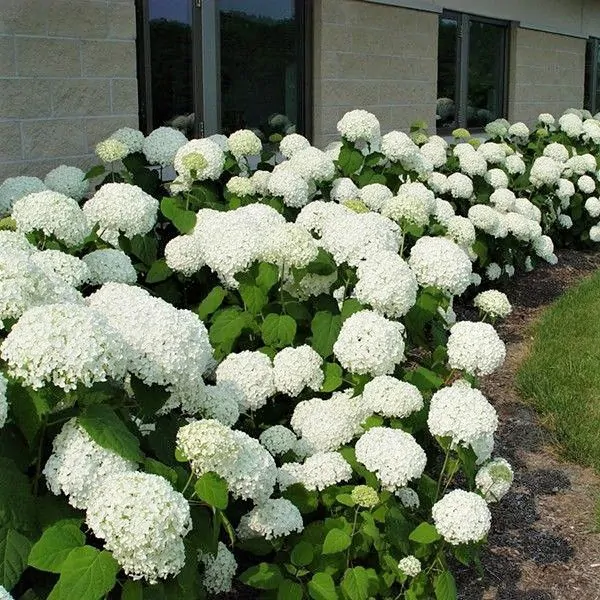
- Incrediball hydrangea: This type of hydrangea is also known for its large, round blooms. However, its blooms are a pure white color and do not fade as they mature. It is a vigorous grower that can reach up to 6 feet tall and wide.
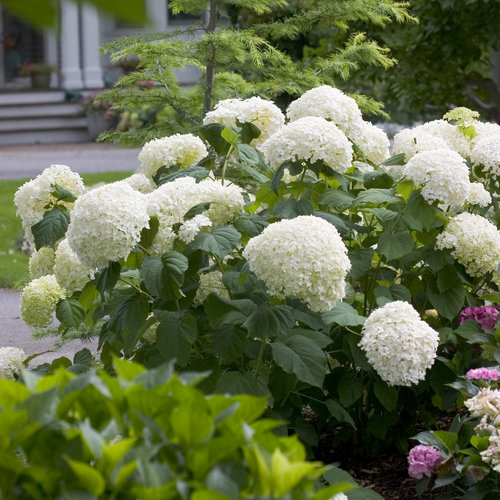
- Little Lime hydrangea: This type of hydrangea has small, lime-green blooms that turn white as they mature. It is a compact plant that grows 3-4 feet tall and wide. It is a good choice for small gardens or containers.

- Polar Bear hydrangea: This type of hydrangea has large, snowball-shaped blooms that start out white and gradually turn pink as they mature. It is a hardy plant that can tolerate a wide range of conditions.
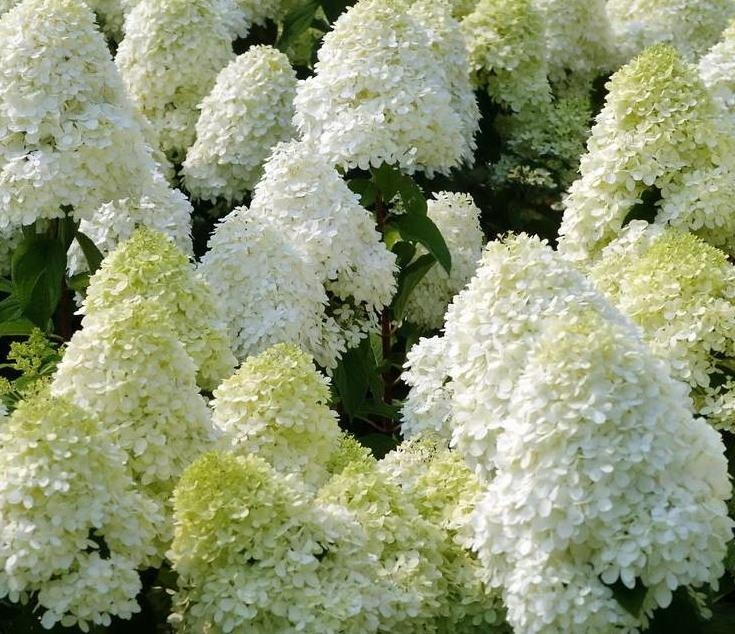
- Snowflake hydrangea: This type of hydrangea has small, lacecap blooms that start out white and gradually turn pink as they mature. It is a compact plant that grows 3-4 feet tall and wide. It is a good choice for small gardens or containers.
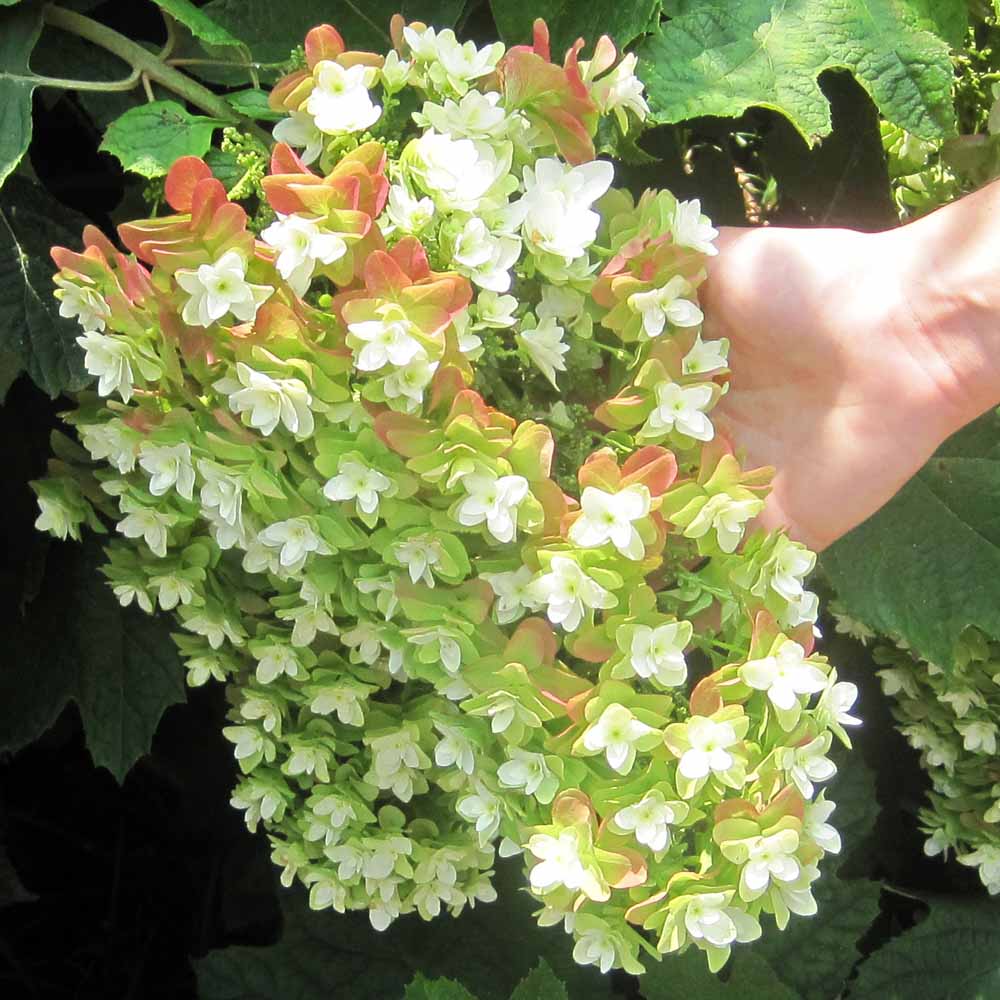
- What are the best conditions for growing cream hydrangeas?
Cream hydrangeas prefer full sun to partial shade and well-drained soil. They are relatively drought tolerant once established, but they do benefit from regular watering during the growing season. They are also susceptible to leaf spot and powdery mildew, so it is important to plant them in a location with good air circulation.
- How do I care for cream hydrangeas?
Cream hydrangeas are relatively easy to care for. The most important things to remember are to water them regularly, fertilize them in the spring, and prune them in the fall. You can also help to prevent pests and diseases by spraying the leaves with a fungicide or insecticidal soap.
- How do I get my cream hydrangeas to bloom?
Cream hydrangeas bloom on old wood, so it is important to prune them in the fall after they have finished blooming. When pruning, remove any dead, diseased, or damaged branches. You can also thin out the plant by removing some of the older branches.
- How do I change the color of my cream hydrangeas?
The color of cream hydrangeas can be affected by the pH of the soil. In acidic soil, the blooms will be blue. In alkaline soil, the blooms will be pink. You can change the color of your cream hydrangeas by adjusting the pH of the soil. To make the soil more acidic, you can add peat moss or sulfur. To make the soil more alkaline, you can add lime or wood ash.
Image of cream hydrangea
5 different images of cream hydrangea from Pinterest:
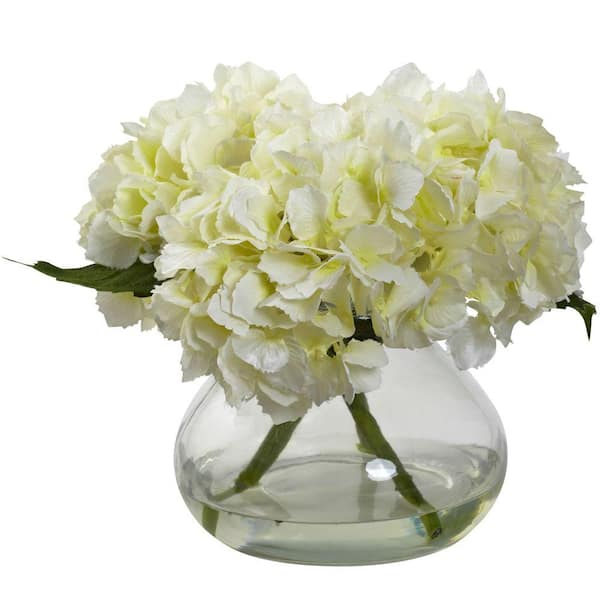 This cream hydrangea is in full bloom, with its large, fluffy flowers cascading over the edge of the vase. The flowers are a light cream color with a hint of pink, and they are surrounded by dark green leaves.
This cream hydrangea is in full bloom, with its large, fluffy flowers cascading over the edge of the vase. The flowers are a light cream color with a hint of pink, and they are surrounded by dark green leaves.


- This cream hydrangea is planted in a garden, and it is surrounded by other flowers, such as roses and lilies. The hydrangea is in full bloom, and its flowers are a light cream color with a hint of pink.


- This close-up of a cream hydrangea flower shows the delicate petals and the intricate details of the flower's center. The flower is a light cream color with a hint of pink, and it is surrounded by dark green sepals.

- This cream hydrangea is arranged in a bouquet with other flowers, such as roses and lilies. The hydrangea is in full bloom, and its flowers are a light cream color with a hint of pink.
Post a Comment for "Cream Hydrangeas: The Perfect Bloom For Your Summer Garden"